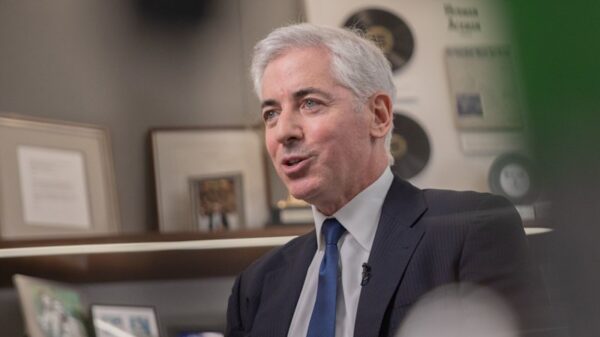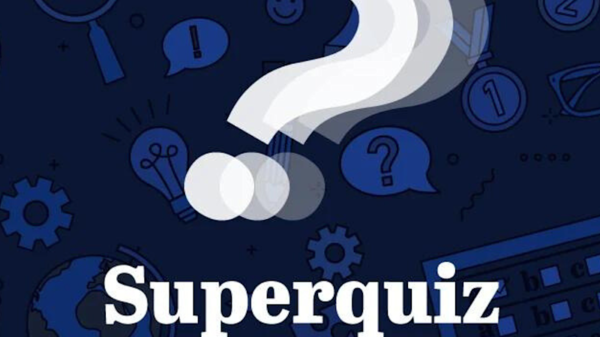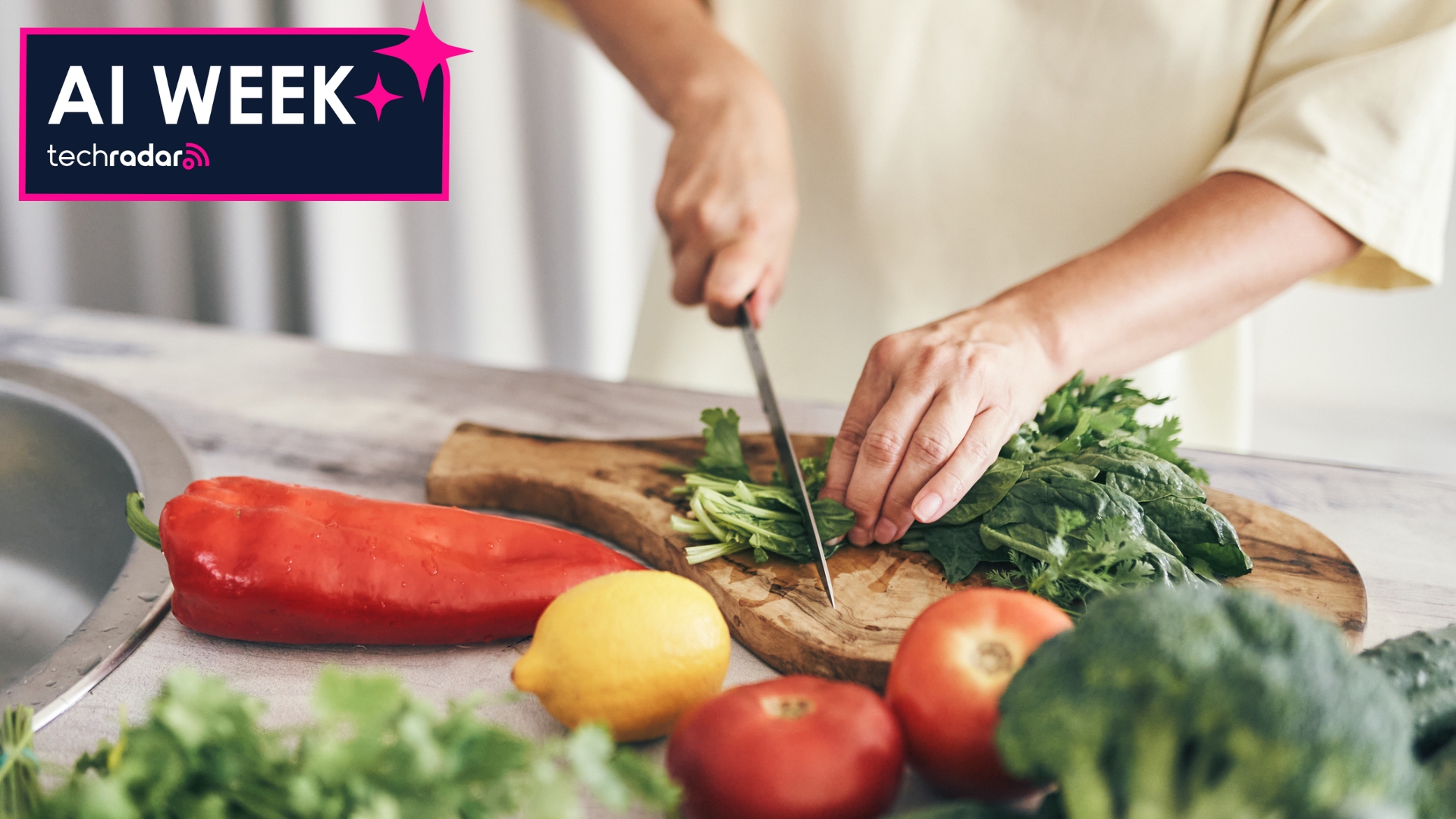Artificial intelligence is changing the way people approach meal planning and healthy eating. With tools like ChatGPT, individuals can now simplify their cooking processes, ensuring nutritious meals without the hassle of traditional planning. This innovation comes amidst a growing awareness of the importance of balanced diets and efficient meal preparation.
Streamlining Meal Planning
Cooking at home is often more complicated than it appears. Many people struggle with planning meals, leading to last-minute decisions that may not prioritize health. Instead of relying on recipe books and grocery lists, you can utilize ChatGPT to create tailored meal plans. For instance, by asking for “five quick dinners for two people under £30,” users receive a complete menu along with recipes that fit their dietary preferences and budget.
One user tested this by requesting “five high-fibre dinners, easy to cook, under 500 calories each.” The AI provided practical options, including lentil curry and roasted chickpeas with salad. Each suggestion included a recipe, preparation time, and nutritional breakdown, clearly illustrating how AI can assist in meal planning.
Reducing Food Waste
An impressive feature of ChatGPT is its ability to generate recipes based on available ingredients. This reverse planning technique helps minimize food waste. For example, a user with leftover chicken, spinach, and couscous can easily receive meal suggestions tailored to those items. This approach not only saves ingredients from being discarded but also encourages creativity in the kitchen.
Using ChatGPT can also ease the burden of midweek cooking. By inputting what’s currently available in the fridge, users can quickly generate meal ideas that fit their schedules. This functionality proves particularly beneficial for those who frequently forget what they have on hand.
Nutritional Guidance Made Simple
Maintaining a balanced diet can be overwhelming, particularly when it comes to tracking calories and macros. ChatGPT simplifies this process by creating structured meal plans. By requesting “a week of high-protein vegetarian meals, 2,000 calories per day, easy to batch cook,” users receive a comprehensive plan complete with recipes and a shopping list. This feature acts like a personal dietitian, minus the expense.
In one instance, a user received a meal plan that included protein-rich dishes such as lentil soup and tofu stir-fry, along with lighter lunch options. This level of personalization makes adhering to dietary goals more manageable.
Batch Cooking and Flexibility
Batch cooking is a popular strategy for saving time, and ChatGPT can help organize this efficiently. By asking for “three meals I can batch cook on Sunday that will last the week,” users receive clear plans along with storage tips. Suggestions may include dishes like chili and roasted vegetable trays, complete with guidance on how long they will last in the refrigerator or freezer.
The AI’s ability to suggest ingredient substitutions is another valuable feature. If a user encounters a missing component, they can simply ask for alternatives, receiving a list of options that can maintain the dish’s flavor profile. This adaptability is especially crucial for those with dietary restrictions.
Learning Cooking Skills
ChatGPT does not simply assist with meal planning; it can also provide real-time cooking tips. Users can ask for guidance on various cooking techniques, such as how to cut a mango or the optimal roasting time for sweet potatoes. The AI’s Advanced Voice Mode enables users to interact with it hands-free, making it feel like a sous-chef in the kitchen.
A recent personal experience involved making a grilled sandwich. Unsure about achieving a crispy texture, the user received practical advice to use mayonnaise on the outside of the bread. This simple tip transformed their cooking experience, showcasing the AI’s practical support.
Personalized Meal Planning
Everyone has unique dietary needs and preferences, and ChatGPT accommodates these variations. Whether you’re looking for quick meals or family-friendly recipes, the AI can tailor suggestions accordingly. For those engaged in rigorous training, it can also adjust calorie recommendations based on activity levels.
Despite the advantages, users should remain aware of the potential limitations of AI-generated recipes. Occasionally, suggestions may include unrealistic ingredients or lack common items depending on local availability. It is advisable to validate any recipes before shopping.
In summary, while ChatGPT may not replace the expertise of a professional chef, it significantly eases the burden of meal preparation. The AI’s ability to organize meal plans, generate recipes based on available ingredients, and provide nutritional guidance makes healthy eating more accessible. By streamlining the cooking process, ChatGPT helps users shift their focus from planning to enjoying the culinary experience.
For those who find meal planning daunting, incorporating ChatGPT into the cooking routine may reignite joy in preparing and sharing meals.





























































